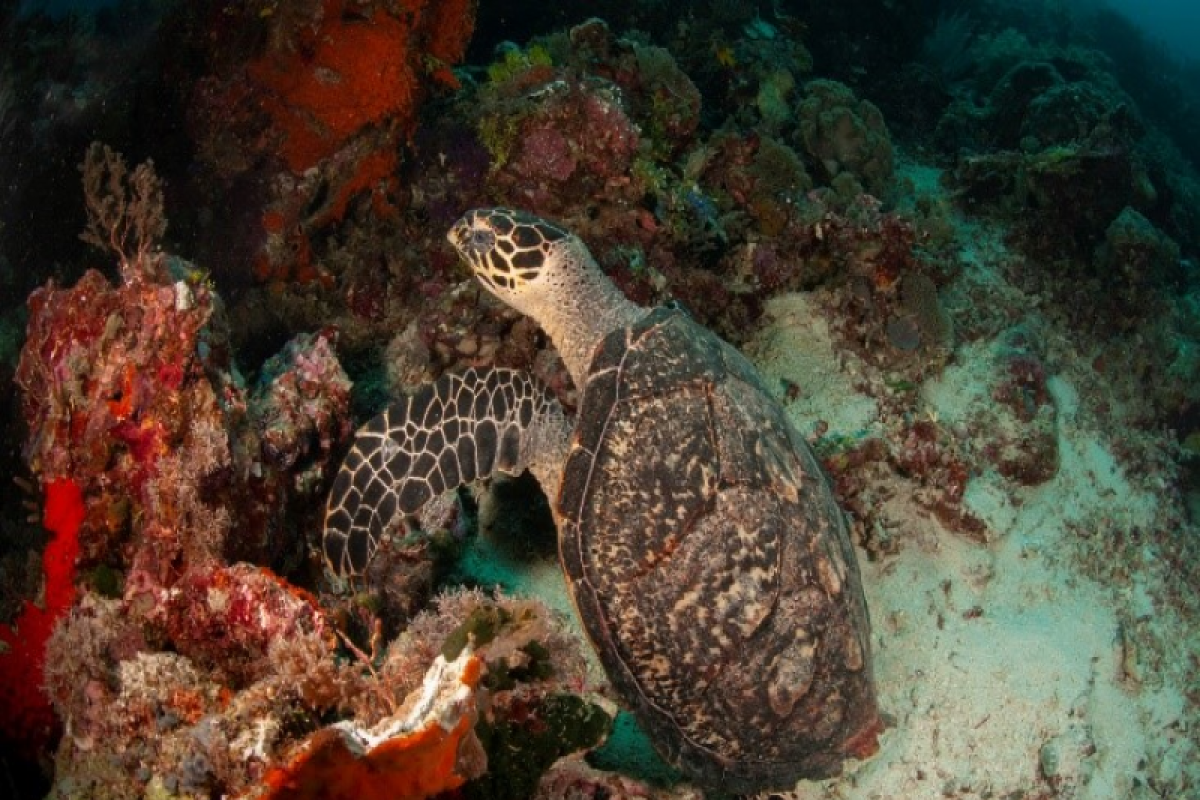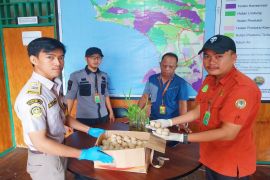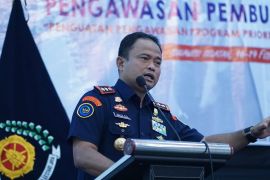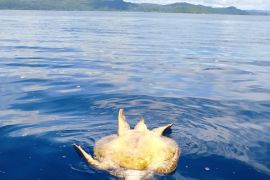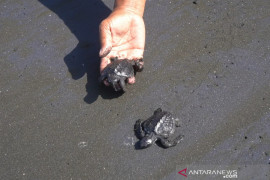“We have a goal, and we still have a long way to go before we can achieve it,” the ministry's Head of the Fisheries Research Centre and the ATSEA-2 National Project Director of Indonesia Yayan Hikmayani noted in a press release here on Friday (October 14).
At least four countries -- Australia, Indonesia, Papua New Guinea, and Timor-Leste -- bordering the Arafura and Timor Seas (ATS) region have recently endorsed a Marine Protected Area (MPA) network design.
Related news: Indonesia achieves marine protected area expansion target in 2018
Meanwhile, Indonesia has set a target of establishing 300 thousand square kilometers of MPAs by 2030. In addition, as proposed by the ATSEA-2 Project, Indonesia has established four new MPAs in Tanimbar in the eastern province of Maluku. This new designation has revved up Indonesia’s efforts by up to four percent, from its earlier 10-percent goal to effectively manage the national waters by 2030.
The ATSEA-2 Project also supports the ministry's blue economy strategy in expanding conservation areas, with a target of 30 percent of the total area of the Indonesian waters.
“Establishing new areas is just the first step before we can engage with local communities and increase our technical capacity to support these MPAs, so that the blue economy can be practically implemented in managing the marine and coastal areas," Hikmayani elaborated.
Covering an area of more than one million square kilometers, the Arafura and Timor Seas (ATS) region is rich in marine biodiversity and is home to a vast array of sea creatures. Hence, it is essential to conserve the ecosystem, migratory marine species and their critical habitats, as well as food sources and livelihoods of coastal communities.
To that end, coastal nations in the region are taking action to incorporate the protection, reproduction, migration, and foraging of rare and threatened sea turtles into their MPA network design.
As of 2020, MPA coverage in the ATS region was equal to 265,324.49 square kilometers, spanning four countries. In the coming years, a total of 6,263.79 square kilometers of new MPAs had been planned for Indonesia and Timor-Leste that will serve as a guideline for establishing new MPAs in future.
All countries partaking in this project support each other while paying attention to each of their territory's needs.
“Management of our marine parks in the region contributes strongly to the ATSEA Program objectives, and we look forward to continued engagement with Indonesia, Timor-Leste, and Papua New Guinea (PNG) as the MPA network develops into the future,” Dr Andrew Chek, Australia's Acting Director in the Department of Climate Change, Energy, the Environment and Water (DCCEEW) and ATSEA-2 National Focal Point in Australia, stated.
Similarly, PNG is also taking the initiative to assess priority areas for MPAs. The PNG government plans to assist the 13 treaty villages recognized under the Torres Strait Treaty to implement necessary actions in South Fly District.
“Respecting traditional communities’ customs and actively seeking ways to reach an equilibrium with them is essential for the sustainability of conservation for years to come,” Noan Pakop, who is PNG's Deputy Managing Director of the National Fisheries Agency (NFA) and ATSEA-2 National Project Director of PNG, emphasized.
Timor-Leste is also shifting focus towards protecting its marine diversity and reworking its economy through Decree-Law No. 6 of 2020. The decree has established a legal foundation for the protection and conservation of marine biodiversity and stipulates the authorities responsible for the sustainable use of resources, planning and monitoring of in-situ conservations, as well as research and development of marine biodiversity in the country.
“Our national ecological gap analysis has helped us to identify the seven shallow waters and five deep-water regions that are suitable candidates for MPAs in our country,” Timor-Leste's Director General of Fishery, Agriculture and Marine Resources and ATSEA-2 National Project Director of Timor-Leste, Acacio Guterres explained.
Related news: Ministry develops aquaculture micro insurance for fish farmers
Reporter: Kenzu Tandiah
Editor: Rahmad Nasution
Copyright © ANTARA 2022
